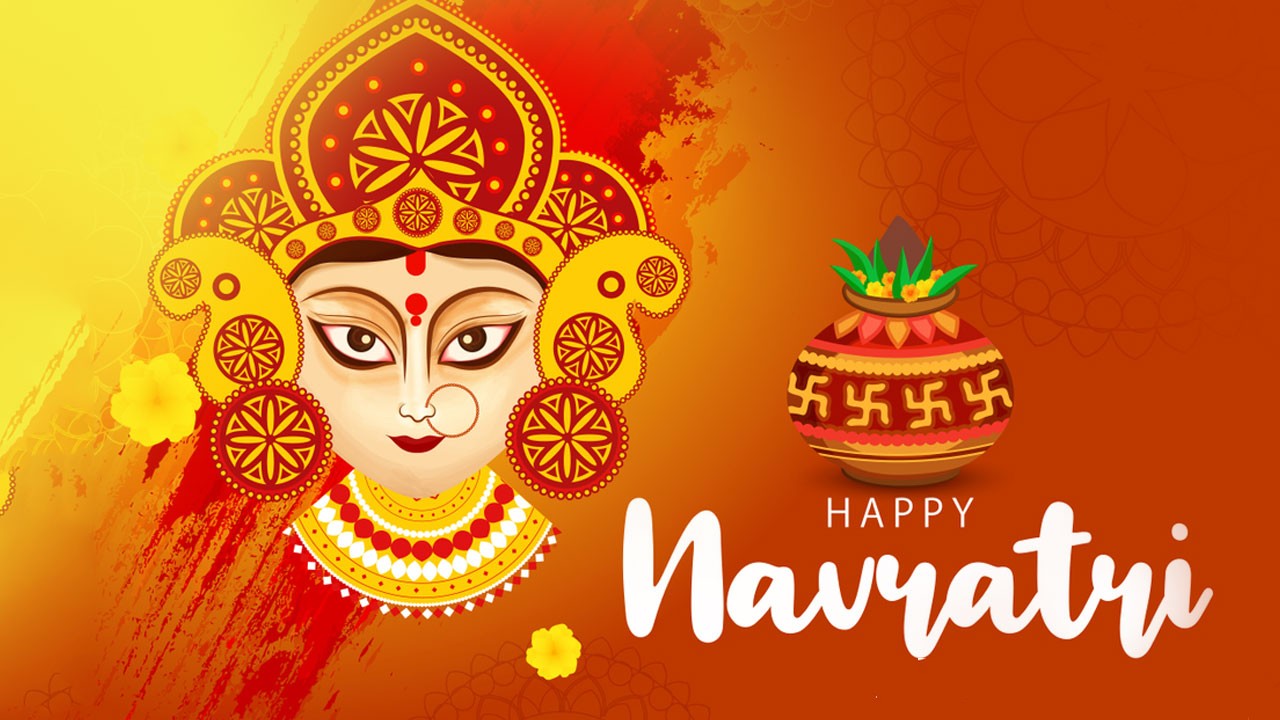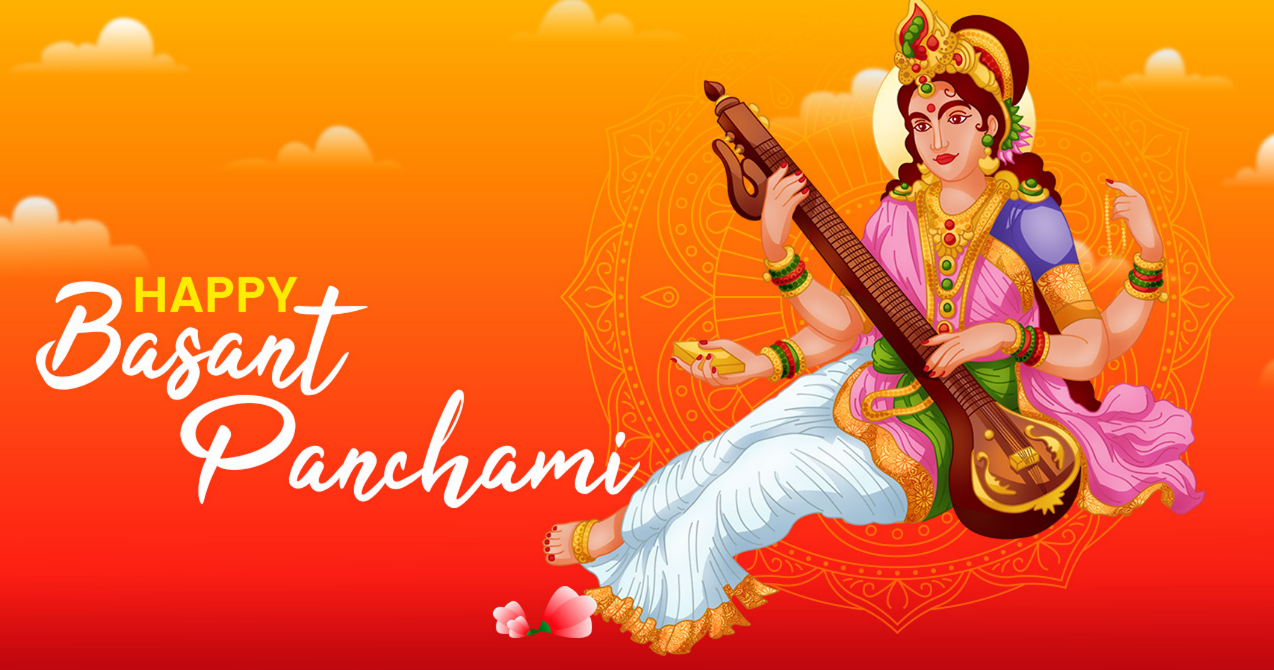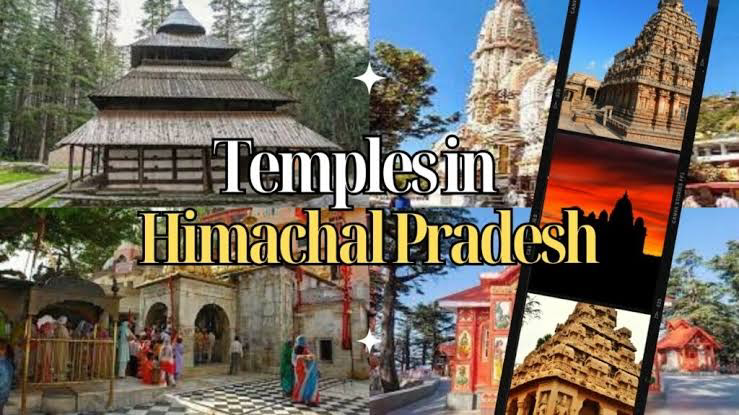What is Navratri? What are these nine days of celebration all about ?
Navratri is a nine-day festival honoring Goddess Durga that takes place as the seasons change. Because of this, Maa Durga devotees observe Navratri four times a year. Only two of them, the spring-based Chaitra Navaratri and the autumn-based Shardiya Navratri are observed with widespread festivities. The Pratipada marks the start of Shardiya Navratri, which lasts till the Navami of Ashwin Shukla Paksha. The holiday is observed with considerable excitement throughout the nation; however, different customs are more common in certain states. The Navratri celebration takes place this year between September 26 and October 5.


History of Navratri
The festival of Navratri honors the victory of good over evil and the slaying of the demonic Mahishasura. Lord Brahma had granted Mahishasura immortality as a reward for his everlasting devotion to him. The power did, however, come with one stipulation: only a woman would be able to defeat him. The demon started terrorizing people on Earth since he didn’t think any woman could defeat him. The gods were unable to stop him.
Lords Brahma, Vishnu, and Shiva combined their energies to create the Goddess Durga, who would ultimately defeat Mahishasura. They gave her a choice of weapons to use. Mahishasura and Maa Durga battled for ten days. However, Maa Durga overcame him when he finally transformed into a buffalo.
Significance of Navratri
Nine nights is what “Navratri” means. Nine is what the word “Nava” signifies. Likewise, “Ratri” denotes “night.”
Rest and renewal are provided by night. You spend the night turning within as you sleep, and you feel rejuvenated and rested in the morning. Navratri, often known as the “nine nights,” is a year when you can get a good night’s sleep. Deep relaxation, creativity, and escape from all types of hassles are all benefits of this leisure.
This duration of deep relaxation is facilitated by fasting, meditation, prayer, and other spiritual exercises. To achieve profound sleep at this time, one can even resist overindulging in the sense of objects.
Our soul: The Essence of Peaceful Sleep
Our spirit has existed for all of the recorded time. It is the universe’s limitless and everlasting source of Energy. Even the subtle environmental energies of Navratri strengthen and support one’s sense of connecting with the spirit.
During Navratri, we worship, chant, and meditate to connect with our spirit. Laziness, pride, preoccupation, desires, and aversions are all destroyed when we connect with our spiritual side. We experience the profound rest of the transformative nine nights when anxiety in the shape of negative emotions is erased.
Devi Puja: Celebrating the All-Pervading Energy
Devi stands for the eternal universal Energy. This Energy encompasses the entirety of Creation. The abundance we experience daily is a manifestation of Devi. Mother Divine provides for us in a variety of ways. The manifestations of our mother, father, friends, spouses, children, sons, daughters, and the Guru. Devi is offering aarti for us through the circling planets and the moon. Through Puja, we express our desire to return to the mother all she has given to us.
For instance, we present food grains to Devi during the Puja since nature provides us with nourishment. Devi Puja is a manifestation of enlightened consciousness that honors all of Creation. We honor the Devi and express our thanks to the Mother Divine by performing Puja during the nine days of Navratri. We abstain from all worldly pursuits while engaging in the Puja and go into prolonged deep concentration.
In accordance with Gurudev Sri Sri Ravi Shankar, we possess Devi energy or Shakti. Devi is not in a different place or a different globe. The glow within our bodies will brighten, expand, and radiate outside if we sit deeply in meditation. Listed below is the Devi Puja.
The Emphasis of Each Day of Navratri and Navadurga
Devi is revered in nine different Navadurga forms. Each day of Navratri has a special meaning connected to a different manifestation of the Divine Mother.
First Day – Shailaputri
Devi Shailaputri is worshiped on the first day. Devi Parvati is revered in her avatar as the goddess of Himalaya Raja. Shaila is Arabic for exceptional or ascension to great heights. Devi represents divine awareness, which always rushes from the apex. So we pray to Devi Shailaputri on this first day of Navratri so that we, too, may reach the highest level of consciousness.
Second Day – Brahmacharini
Devi Brahmacharini is commended on the second day. Devi Parvati assumed the form of Devi Brahmacharini after engaging in extreme devotion to mate with Lord Shiva. The terms “achar” and “Brahma” both refer to morality. A practice known as brahmacharya is rooted in divine knowledge. Therefore, it is especially holy on this day to ponder and contemplate our inner divinity.
Third-Day – Chandraghanta
Devi Chandraghata is the presiding Devi on the third day. When Devi Parvati wed Lord Shiva, she took on the unique shape known as Chandraghata. Chandra is a lunar reference. The moon is a symbol of the mind. The mind is agitated and is constantly switching between ideas. Ghanta is a bell that consistently emits only one type of sound. The implication is that when our mind is focused on one thing, specifically the Divine, our prana (subtle life force energy), which is a source of harmony and calm, becomes consolidated. Thus, this day represents turning away from all mind whims and concentrating solely on Mother Divine.
Fourth Day – Kushmanda
The adoration of Mother Divine is performed on the fourth day as Devi Kushmanda. Kushmanda translates to “pumpkin.” Ku is short for tiny, ushma is Energy, and anda is an egg. Devi’s tiny Energy created the entire universe, which sprang from the cosmic egg (Hiranyagarbha). Due to its special ability to absorb and radiate prana, a pumpkin also serves as a symbol for prana. One of the most pranic vegetables is this one. We adore Devi Kushmanda on this day because She bestows her heavenly strength upon us.
Fifth Day – Skandamata
Mother of Skanda is what Skandamata implies. The motherly aspect of Devi Parvati is honored on the fifth day. She is Lord Karthikeya’s mother in this form. She embodies a mother’s love (vatsalya). Worshiping this manifestation of Devi results in abundant knowledge, power, money, prosperity, and emancipation.
Sixth Day – Katyayani
Devi takes on the form of Katyayani on the sixth day. It is a form that Mother Divine took to destroy the evil forces at work in the universe. She was a creation of the gods’ wrath. It was she who killed Mahishasura. Following our sacred texts, rage that promotes dharma (righteousness) is allowed. The divine force and manifestation of the Mother Divine that causes natural calamities and tragedies are represented by Devi Katyayani. She embodies the rage that emerges in Creation to put things back in their proper perspective. On the sixth day, Devi Katyayani is called to conquer all of our inner adversaries who stand in the way of spiritual advancement.
Seventh Day – Kalaratri
On the seventh day, Devi Kalaratri is summoned. There are two extremes in Mother Nature. One is heartbreaking and terrifying. The other is lovely and peaceful. Devi takes on the ferocious form of Kalaratri. Kalaratri is a symbol of the gloomy night. The night is also seen as a facet of Mother Divine because it is a night that gives our souls calm, rest, and comfort. We only catch a glimpse of infinity in the skies at night. That endless dark Energy, known as Devi Kalaratri, is where all the universes are lodged.
Eighth Day – Mahagauri
Devi Mahagauri is all positive, energizing, and liberating in life. Mahagauri is a symbol of the lovely and tranquil side of nature. She is the force that both drives and liberates us in life. On the eighth day, she is the Devi that is adored.
Ninth Day – Siddhidatri
We pay homage to Devi Siddhidatri on the ninth day. Siddhi translates as perfection. Devi Siddhidatri makes life perfect. She makes the unthinkable a reality. She leads us beyond the rational mind’s constant thinking to investigate space and eternal reality.
special ability to absorb and radiate prana, a pumpkin also serves as a symbol for prana. One of the most pranic vegetables is this one. We adore Devi Kushmanda on this day because She bestows her heavenly strength upon us.
How is Navratri Celebrated?
In North India, particularly in Uttar Pradesh, Uttarakhand, Haryana, Gujarat, and Madhya Pradesh, Ramlila is celebrated on a huge scale during Navratri. The tale of Lord Ram’s triumph over Ravana is acted out during the Ramlila. The culmination is the burning of Ravana’s effigies on Dussehra to mark the victory of good over evil.
Clay representations of Maa Durga are ceremoniously submerged in a river or sea on the tenth day of Navratri, also known as Vijayadashami. West Bengal, Odisha, Assam, and Bihar are all states where this tradition is commonly practiced. However, the most significant day for Maa Durga’s devotion is the day of Durga Visarjan.
There is a lot of dance during the nine-day celebration, including Garba and Dandiya Raas. While Dandiya Raas involves dancing to the beat of the music while using dandiya sticks, Garba is a traditional dance in which you clap your hands and make rhythmic movements in a circle.














